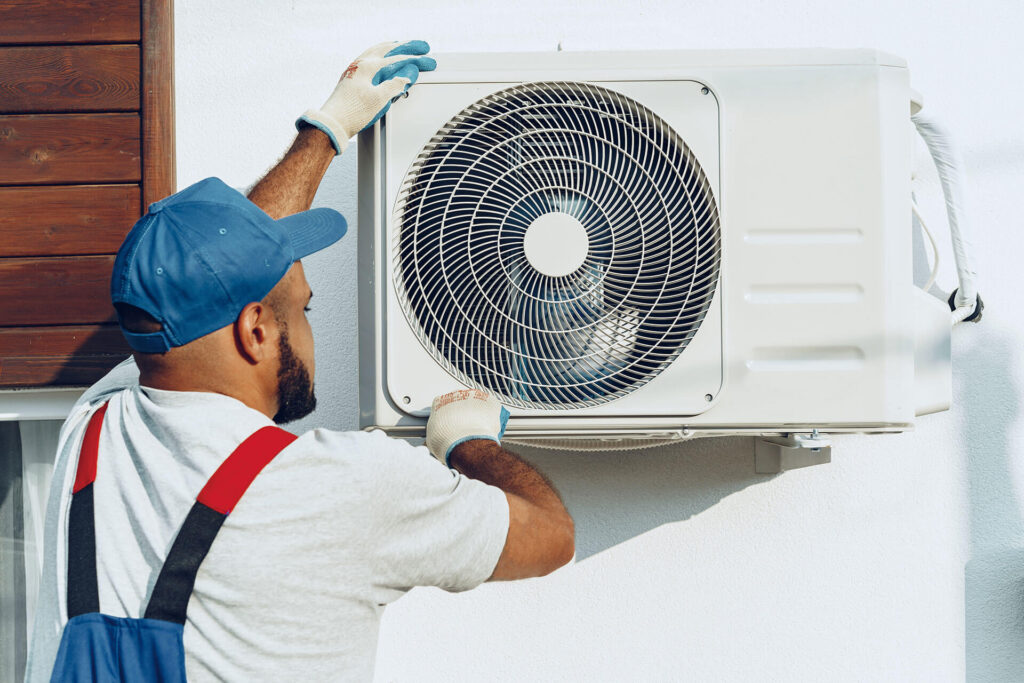How to find Blower and heat exchanger cleaning details
Blowers and heat exchangers are critical components in heating, ventilation, and air conditioning (HVAC) systems. These components play a crucial role in maintaining indoor air quality, providing comfort, and ensuring energy efficiency. However, over time, these components can get clogged with dirt, debris, and other contaminants, reducing their performance and efficiency. To maintain the optimal performance of blowers and heat exchangers, it is essential to have them cleaned regularly. In this article, we will discuss How to find Blower and heat exchanger cleaning detail and the importance of blower and heat exchanger cleaning service.


Why Blower and Heat Exchanger Cleaning is Important
Blowers and heat exchangers are critical components in HVAC systems, and their proper functioning is essential for maintaining indoor air quality and energy efficiency. Dirt, debris, and other contaminants can build up in these components over time, reducing their performance and efficiency. A dirty blower or heat exchanger can cause the following problems:
- Reduced airflow: A dirty blower can reduce airflow, making it difficult to maintain indoor air quality and comfort.
- Increased energy consumption: A clogged heat exchanger can reduce the transfer of heat, leading to increased energy consumption.
- Increased maintenance costs: Dirty blowers and heat exchangers can cause increased wear and tear, leading to more frequent repairs and increased maintenance costs.
- Reduced system lifespan: Over time, a dirty blower or heat exchanger can cause irreparable damage, reducing the lifespan of your HVAC system.
How to Find Blower and Heat Exchanger Cleaning Details
There are several ways to find information about blower and heat exchanger cleaning, including the following:
- Consult the manufacturer's manual: The manufacturer's manual for your blower or heat exchanger may include information on recommended cleaning and maintenance procedures. This information can be especially useful if your equipment is still under warranty.
- Check online forums and resources: Online forums and resources can be a good source of information about blower and heat exchanger cleaning. Many of these resources are dedicated to HVAC and industrial processes, and they often include discussions on the cleaning and maintenance of these systems.
- Contact the manufacturer: If you are unable to find the information you need in the manufacturer's manual or online resources, you can contact the manufacturer directly for more information. They should be able to provide you with detailed cleaning and maintenance procedures for your specific equipment.
- Consult a professional: If you are not comfortable performing the cleaning and maintenance procedures yourself, you can consult a professional for assistance, such as Pure Fresh Air Quality Solutions, which can provide you with the expertise and equipment needed to properly clean your blower and heat exchanger.
How Pure Fresh Air Quality Solutions Can Help with Heat Exchanger and Blower Cleaning Services
- Heat exchanger cleaning: Pure Fresh Air Quality Solutions uses specialized equipment and techniques to clean heat exchangers, removing the buildup of dust, debris, and other contaminants that can reduce efficiency and increase the risk of fire or other hazards. They can also perform inspections and assessments of your heat exchanger to identify potential issues and recommend repairs or replacements if necessary.
- Blower cleaning: Pure Fresh Air Quality Solutions provides blower cleaning services to ensure that these systems are operating efficiently and effectively. They use specialized equipment and techniques to remove the buildup of dust, debris, and other contaminants that can reduce efficiency and increase energy costs.
Maintenance and installation: In addition to cleaning services, Pure Fresh Air Quality Solutions also offers maintenance and installation services for heat exchangers and blowers. They can perform regular inspections and maintenance procedures to help ensure that these systems are operating safely and efficiently.

